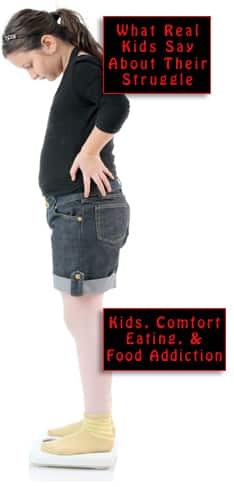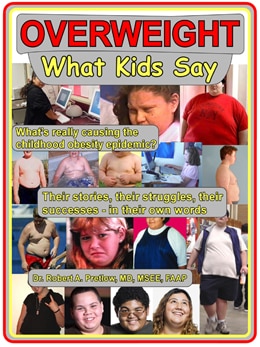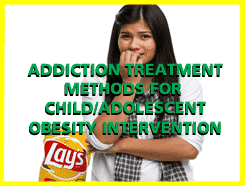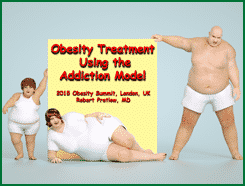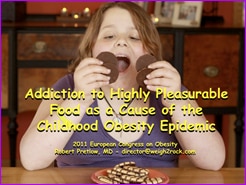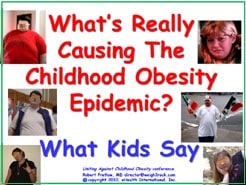The GLP-1 Drugs — More Questions and Issues

As mentioned in a previous post, there are a lot of things nobody knows very much about. The GLP-1 drugs have been around for a while, although mainly as a diabetes treatment. As weight-loss drugs, however, they are relatively new and untried. Just as with any discovery that comes down the road, questions arise.
Which patients could or will be harmed? Which sufferers will receive the most benefit? How much will they pay? How much would they be willing to pay if they had a lot more money to start with? Where will the funds come from instead? How about the pharmacology? What other drugs does this new thing clash with, causing iatrogenic disaster and/or scandal? Can the team that wrote a particular paper continue to do meaningful work in this area?
Bloomberg journalist Lisa Jarvis raised several questions, such as:
Why do some people on GLP-1s […] experience a total body transformation, while others lose only modest amounts of weight — or nothing at all?
Is there a way to figure out who needs these drugs to avoid a heart attack or diabetes, and who is perfectly healthy in their larger body?
Is constant therapy sustainable — or even required?
Jarvis states, “Some 44% of people taking Wegovy report nausea, and nearly a third experienced diarrhea.” People know this is going on but give it a chance anyway, and a very large number of them seem to stay with it despite the discomfort. The sickness seems to be a feature, not a bug. If that’s what is required, people seem willing to put up with it.
Time out?
Apparently, huge numbers of users want to know if they may self-prescribe a break from their medication regime. The professional consensus on that is, “No.” Resistance understandably crops up a lot, around holiday times. Reportedly, someone who stops their meds abruptly will become ravenously hungry, and prone to eat an enormous amount of barbecued ribs and hot fudge sundaes.
If somebody does take a break, the next big question seems to be whether they should pick up again with the dosage they previously used, or whether they need to fall back to a smaller dose and then crank it up again. Journalist Ross Wollen wrote,
It takes the body some time to adjust to these potent medications, and those infamous gastrointestinal side effects tend to be at their very worst in the first few days of a new higher dose. With longer pauses, the worry is that your body might lose some of the tolerance that originally allowed you to step up your dosage.
Starting over with the high dose that was typical before the break “could be more than your body is ready to handle, resulting in extremely uncomfortable side effects.” Medical professionals prefer to stay on the side of caution, recommending a wary approach before ramping up. Apparently this is not yet verified by published studies — but it is the tactic preferred by doctors, who definitely want to be consulted, rather than see patients improvise their own unauthorized medication calendars.
Patients who go rogue with their dosage schedules might meet with surprises. They may not be aware that it takes at least a week for the last dose to clear their system. If someone wants to devour a big meal on a certain day, careful planning is needed. Even then, the mere ability to chew and swallow a large amount is no guarantee that the organs farther down the line will cooperate. What polite society calls “ugly gastrointestinal side effects” may occur.
Your responses and feedback are welcome!
Source: “Do You Really Have to Take Wegovy Forever?,” WashingtonPost.com, 10/19/23
Source: “Is It Okay to Skip an Ozempic Shot Now and Then?,” EverydayHealth.com, 11/15/23
Image by Camdiluv/Attribution-ShareAlike 2.0










 FAQs and Media Requests:
FAQs and Media Requests: 